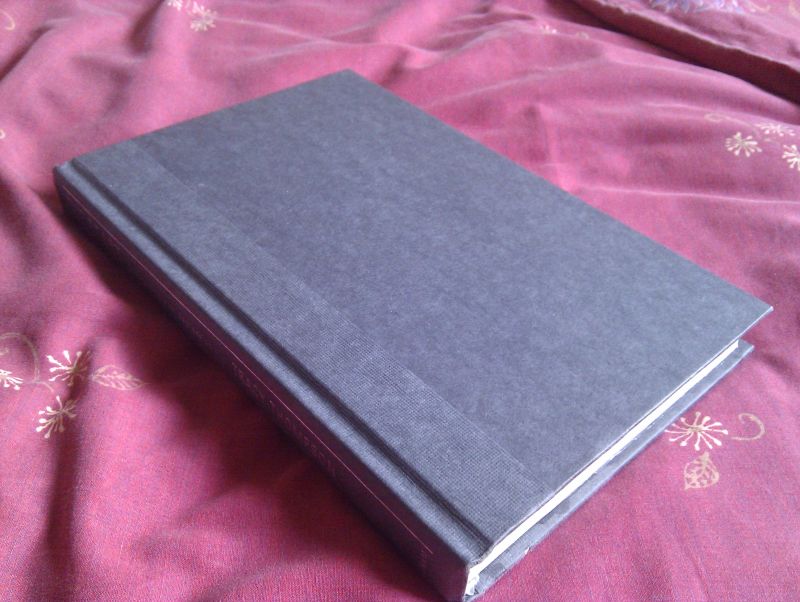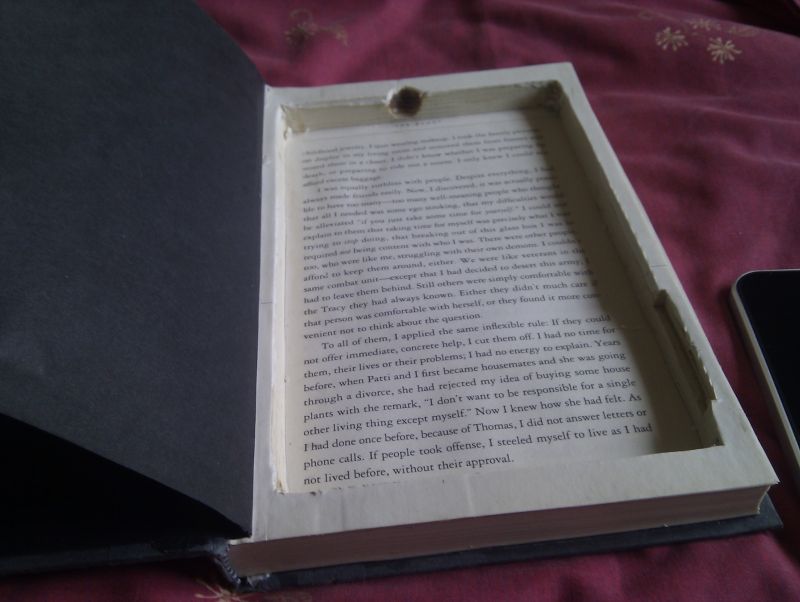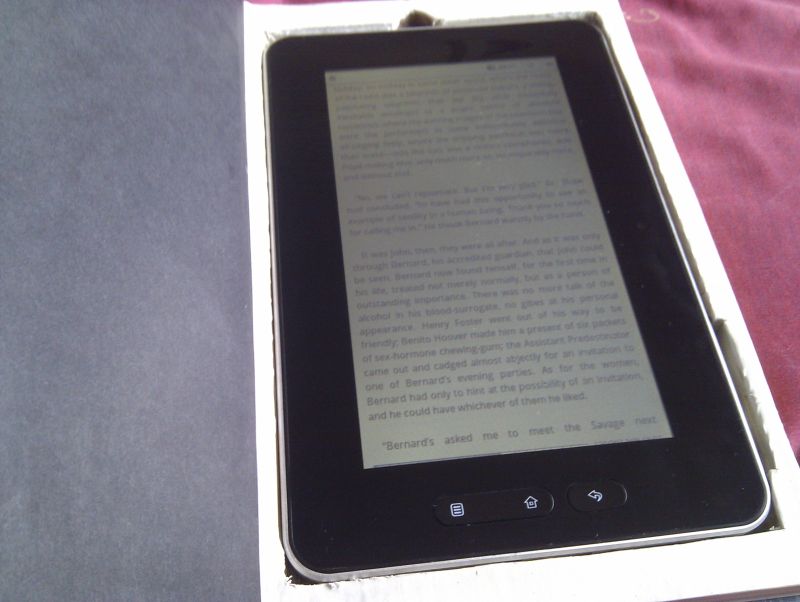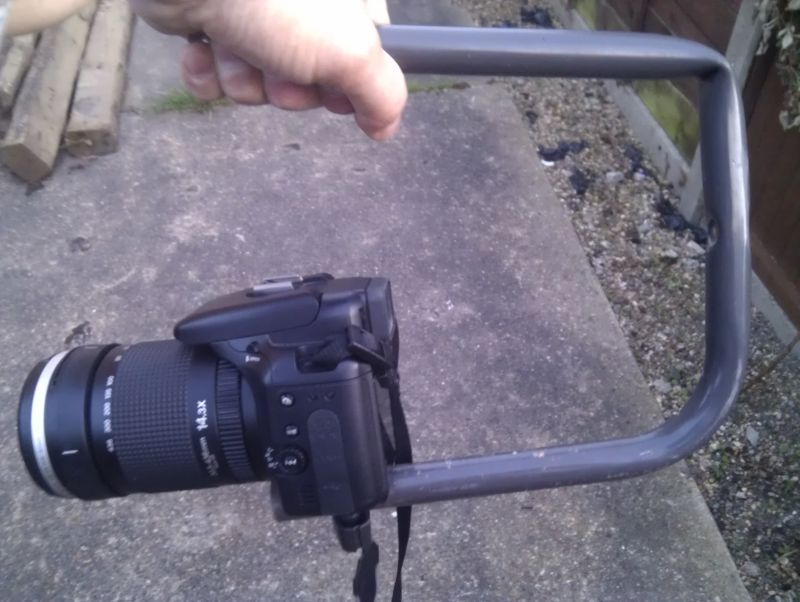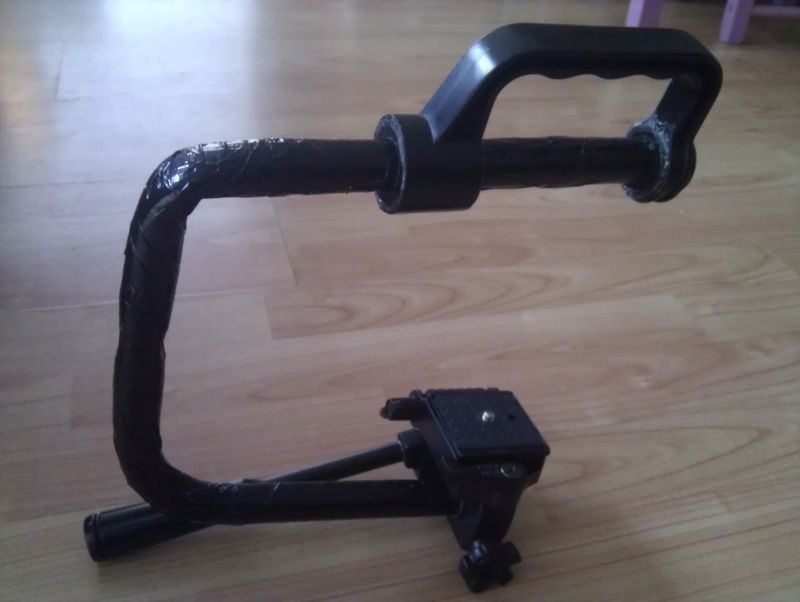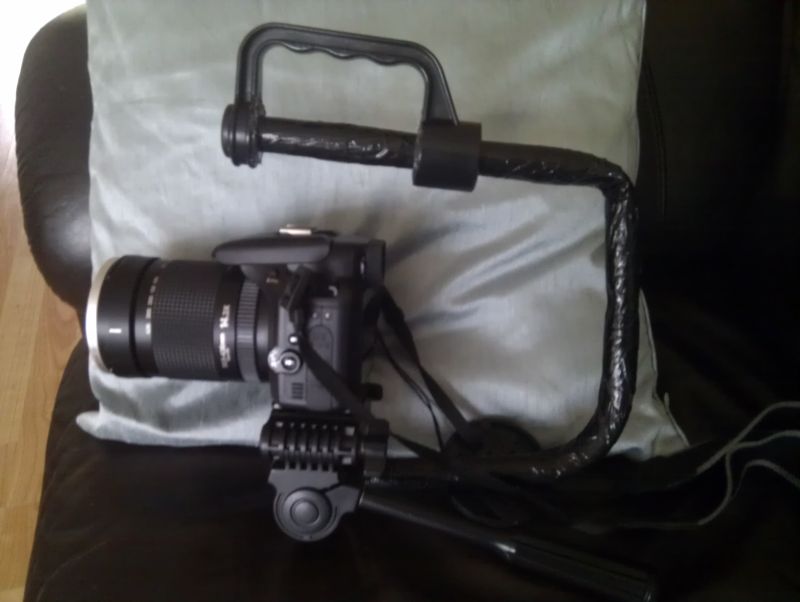Send Ctrl+Alt+Del with Windows On-screen keyboard
Friday 21 September 2012 at 1:05 pmI was asked by a student with limited mobility how he could use the Windows On-screen Keyboard (accessed by Windows+U from the login screen) to send the Ctrl+Alt+Del login keystroke.
No amount of Googling revealed the answer, I tried amending our Group Policy for Secure Attention Sequence (SAS), but nothing worked.
I stumbled upon the answer - use Ctrl + AltGr + Del. The AltGr is to the right of the spacebar. Login prompt then appears.

